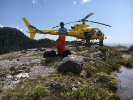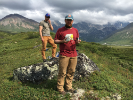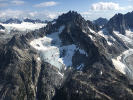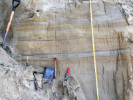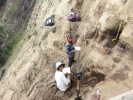Photo Gallery
Geology majors and graduate students have the opportunity to participate in research in labs at UB and in a wide variety of locations around the United States and abroad. Below are just a few examples of our students conducting research.

